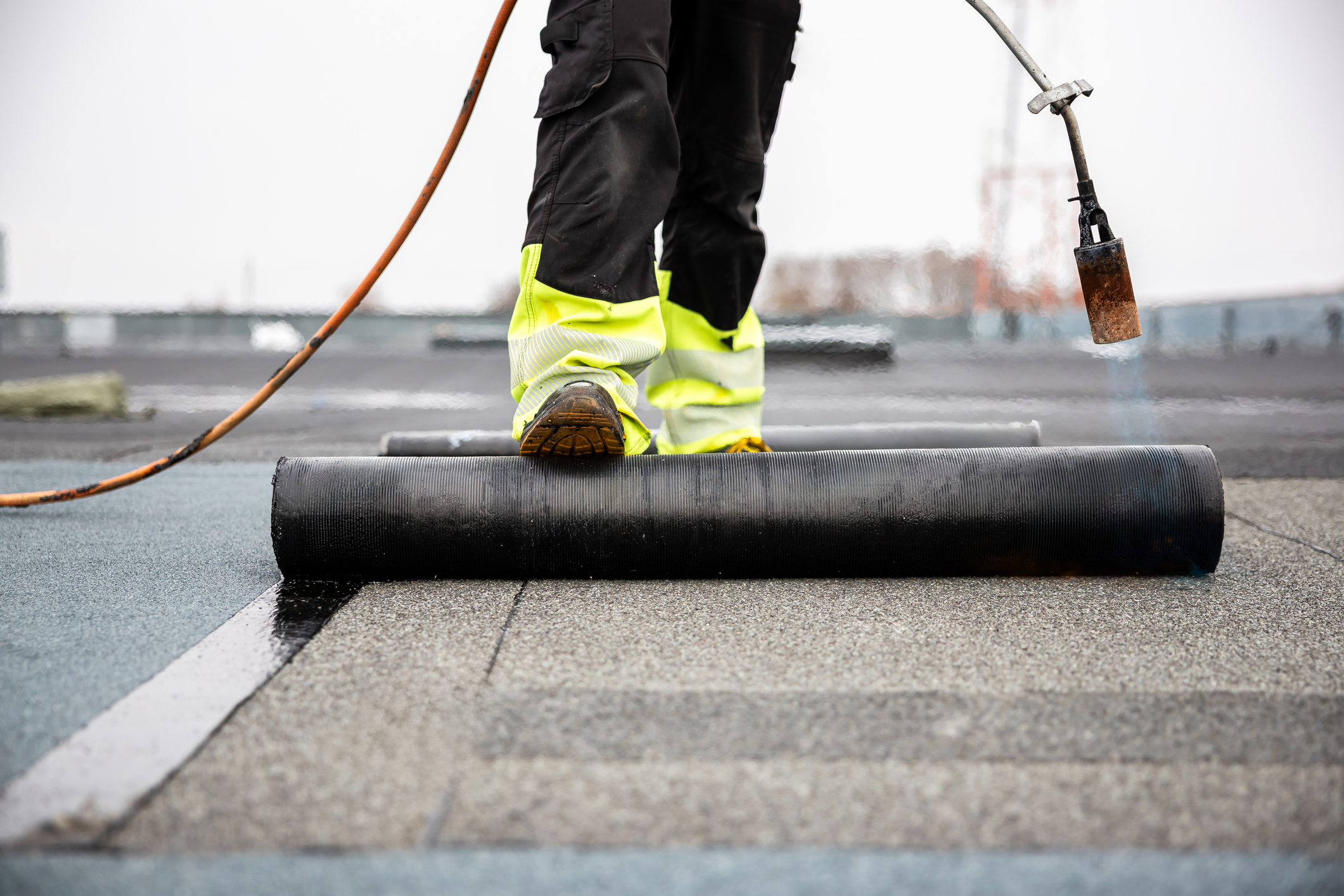How to Incorporate Roofing and Envelope Solutions into Long-Term Maintenance Plans
Government buildings and other public facilities are expected to serve communities for decades, which makes proper long-term maintenance essential. A well-designed roofing and building envelope system is the first line of defense against the elements, and if properly maintained, it can extend the lifespan of public buildings and reduce operational costs. Incorporating roofing and envelope solutions into long-term maintenance plans ensures that these structures continue to perform efficiently while minimizing unexpected repair costs.
Here’s how government procurement teams and architects can integrate roofing and building envelope solutions into effective, sustainable maintenance strategies.
1. Start with a Thorough Assessment
A comprehensive assessment of the current condition of the building’s roof and envelope is the first step in any long-term maintenance plan. For new builds, this involves establishing a baseline with detailed documentation of the materials used, their expected lifespan, and any potential vulnerabilities based on local environmental conditions.
For existing buildings, regular inspections should be conducted to assess the state of the roofing system, walls, windows, doors, and other components of the building envelope. Look for signs of wear such as cracks, leaks, and energy inefficiencies that may indicate the need for repairs or upgrades. Conducting these assessments annually—or more frequently in extreme weather regions—helps ensure that potential issues are caught early.
2. Schedule Routine Inspections and Preventative Maintenance
Routine inspections are crucial for extending the lifespan of both the roof and building envelope. Regular maintenance, such as cleaning gutters, removing debris, and checking for damage after storms, can prevent minor issues from escalating into costly repairs. For roofing systems, this includes checking for loose shingles, metal fasteners, or membrane seams that may become weak over time.
For the building envelope, ensure that weatherproofing elements like sealants around windows and doors are intact, and check for signs of moisture infiltration in walls or ceilings. Preventative maintenance should also involve the reapplication of coatings or sealants as recommended by manufacturers, which will maintain water resistance and energy efficiency over time.
3. Incorporate Data-Driven Maintenance Tools
Modern technology can play a valuable role in monitoring the condition of roofing and building envelope systems. Integrating data-driven maintenance tools, such as sensors that detect moisture buildup or thermal imaging that identifies energy leaks, can provide real-time insights into the performance of the building envelope. These tools allow facilities managers to schedule maintenance based on data, addressing issues before they become larger problems.
For instance, thermal imaging can reveal areas where insulation may have degraded, leading to energy loss. This kind of proactive maintenance ensures that the building remains energy-efficient and protected from the elements.
4. Prioritize Energy Efficiency and Sustainability
Long-term maintenance plans should not only focus on durability but also on maintaining and improving energy efficiency. Roofing solutions like cool roofs, which reflect sunlight and reduce heat absorption, and insulated building envelope materials can have a significant impact on energy savings over time. Maintenance plans should include regular checks on these systems to ensure they continue performing as intended.
Additionally, using sustainable materials in repairs or upgrades—such as energy-efficient windows, recycled roofing materials, or solar reflective coatings—can help public buildings meet sustainability goals while also improving long-term performance. In the case of roofing, this could mean incorporating green roofs or solar panels into your long-term planning, offering both environmental and cost-saving benefits.
5. Budget for Repairs and Replacement
Even with the best maintenance practices, roofing and envelope systems will eventually need repairs or replacement. Incorporating these costs into long-term budgets ensures that the necessary work can be done without straining financial resources.
Procurement teams should work closely with facilities managers to estimate the life expectancy of various building components and plan for their replacement accordingly. For example, asphalt shingles may need replacement every 20 to 30 years, while metal roofs can last up to 50 years or more. Establishing a timeline for when these replacements will occur helps spread out costs and avoid unexpected budget impacts.
6. Ensure Compliance with Changing Building Codes
Building codes and standards are constantly evolving, especially when it comes to energy efficiency, environmental impact, and safety. Maintenance plans should include regular reviews of applicable codes and standards to ensure that the building remains compliant. This is particularly important for public buildings, which may face more stringent requirements.
When repairs or replacements are made, they should adhere to the latest regulations. For example, roofing upgrades might need to meet new wind-resistance standards in hurricane-prone areas, or insulation requirements in colder regions. Staying ahead of these changes can prevent costly retrofits down the line and ensure that the building envelope remains up to code.
7. Document All Maintenance Activities
Keeping detailed records of all maintenance activities—inspections, repairs, upgrades, and replacements—provides valuable insight for future planning and ensures accountability. These records help facilities managers track the performance of roofing and building envelope systems over time, making it easier to anticipate when repairs or replacements will be necessary.
Procurement teams and architects should also ensure that warranties are properly documented and that maintenance activities comply with warranty requirements to avoid voiding coverage. This level of organization can save time and money when unexpected issues arise and provides a clear roadmap for ongoing maintenance.
Incorporating roofing and envelope solutions into long-term maintenance plans ensures that public buildings remain resilient, energy-efficient, and safe for years to come. By following a proactive, data-driven approach to maintaining these critical systems, procurement teams and architects can protect their investments and reduce the total cost of ownership over the lifespan of the building.


